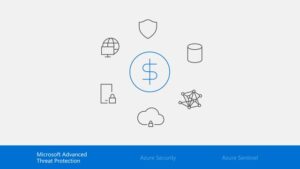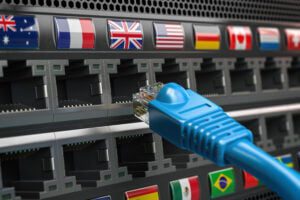Management IT Assets effective: As we know, there are huge savings to be made on software within an organization through software asset management.
About hardware assets. Are there cost savings on desktops, laptops, physical servers, etc.?
With effective management of IT assetsIT Asset Management (IT Asset Management), you can achieve great savings on hardware and software. Further saving of financial resources for an organization through (IT Asset Management).
Summary
IT Asset Management: Hardware
IT Asset Management in Hardware, in principle, is the management of physical components (desktops, laptops) and computer networks, from the procurement stage to asset retirement.
Above all management needs to be part of the overall scope of the organization and the processes need to be aligned with other IT processes to ensure that HAM is a big part of it.
Just like software, hardware needs to be managed correctly to ensure that the organization is getting the most out of its IT assets.
Surely processes must be in place to manage the asset from the point of request to the time the asset is taken away.
Effective IT asset management in hardware, as a result can positively affect the amount of time needed to fix hardware problems.
With the IT assets With the right processes and a good education and understanding of these processes, in fact the end users will have the time needed to fix, order, or purchase hardware drastically reduced. So much so that it will leave the ITSM (Information Technology Service Management) team concentrated in other areas.

IT Asset Lifecycle Management: Hardware
Hardware IT assets have a complex life just like software. However, hardware needs to be managed in a slightly different way.
Stages of the hardware asset life cycle:
By the way, depending on your country, there are several legal ways to earn money from the disposal of old hardware.
There are organizations that buy old hardware from the organization and then sell it as 'refurbished'. There are also recycling companies, charities and schools to which the organization can donate its old hardware.
So it is important to remember that you need to wipe all data from the hardware before the asset is deleted. Undeniably this needs to be part of the retirement process.
In addition, organizations can be fined large amounts of money if their data is not properly or correctly removed from hardware assets before they are disposed of.
Not only that, it is a huge security risk, so it is something that must be done anyway.
HAM and SAM in Asset Management
https:O Hardware Asset Management (HAM) and the Software Asset Management (SAM) go hand in hand. A SAM project will not work as effectively or successfully without the implementation of HAM processes or some form of HAM management structure.
It is important to remember that with any new software-related project, hardware considerations must surely be addressed as well. Likewise, this is especially true for any new software requested that is not on the list of approved software.
Technical software or high-end graphics software may require specialized hardware equipment to run correctly.
SAM processes need to incorporate HAM and vice versa. As we mention several times in this article, you cannot run them effectively or properly one without the other.
However, the software impacts the hardware (are the hardware specifications powerful enough to run the software?)
And the hardware impacts on software (legacy software that only runs on certain specific desktops). Inter-relating the two disciplines and having an overall ITAM process that considers hardware and software issues is the best way to effectively manage IT assets while ensuring hardware and software compliance.
Cost Savings in IT Management
Having HAM processes in place can save an organization a lot in both hardware and subsequent software. A IT asset management or hardware assets, over the entire life cycle can lead to a reduction in hardware costs over the life cycle in the organization.
An important aspect is to capture the financial information about the hardware life cycle, which helps the organization to make business decisions based on meaningful and measurable financial goals.
This also helps organizations to budget IT budgets for the coming years in software and hardware assetsJustifying the HAM and providing transparency to IT stakeholders.
O hardware asset management also helps with annual hardware spend. Implementing a process to manage existing assets reduces the time and money spent on identifying the need for new pieces of hardware.
Knowledge of the specification, location, and department of where the hardware asset is, allows the call center to recover all machines that are no longer needed or from a user who has left.
It also helps to keep track of hardware assets that are "in stock" and ready for deployment.
Implementing these processes helps to save not only money, but also a lot of time on service desk SLAs (service level agreements).
Return on Investment (ROI)
By implementing a successful HAM property, you will quickly see a return on your investment, both from a financial and time perspective.
Financial Gain in IT
The financial ROI on HAM is much like software asset management. There may be large savings and cost cuts at the beginning, but over time those savings will be minimal. With the right processes, the right tools, and the right data ROI in HAM in the long term will be a steady reduction in the money spent on hardware and also a reduction in the IT budget for hardware. This money can be invested elsewhere in IT or in another department to help the overall success of the organization.
IT Time Saving
With a program HAM effective, the organization will save a lot of time in hardware asset management. The processes HAM accelerate SLAs (Service Level Agreements) for hardware requests or incidents, and generally make hardware management much easier. This will also reduce the time impacts on the end user who has a hardware-related incident problem, thus reducing any "downtime" they may face.






